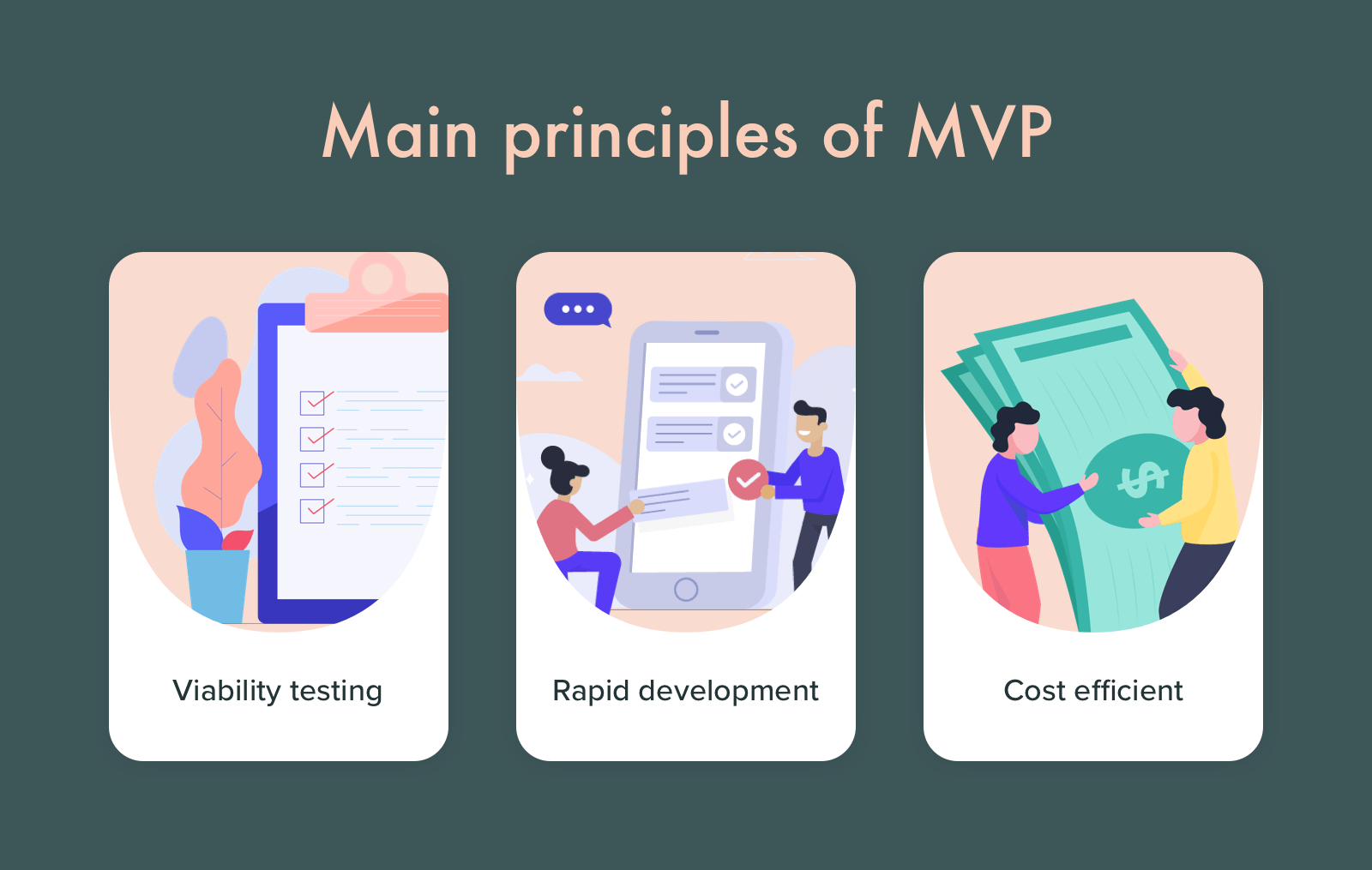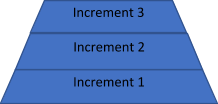User research is one of the best ways to know what users want and how they interact with your product. It’s performed in order to improve the product as per the feedback gathered at different stages of product development. One of the mistakes that designers and PMs make is that they assume user research needs to be done only in the beginning. However, if you want to build a product that conforms to the needs of the user, research must be a continuous process. At the onset of the product development, user research is required to validate the idea. But when a product is out in the market, user research is needed to understand if users are liking it or not. It’s important to understand users’ needs and their pain points. It’s important to know how they interact and use your products/services, and what kind of challenges they experience while using them.
For this reason, different user research methods are used at different stages of product development. In this blog, I’ll talk about the research methods in detail. But first, let’s see the various stages of product development-
Discovery stage (from an idea to an MVP)

Discovery stage starts with an idea. You have a picture in mind about what you want, and the problems you want to solve. But you need to validate your hypothesis.
You need to collect and analyze information about your end users, and their problem areas. You need to get an in-depth understanding of their goals, and challenges that might arise in implementation.
User research in this phase is required to validate those product ideas/hypotheses. When user research is done right, it helps in gathering valuable feedback on the ideas and saves precious time from building unwanted features.
Growth and maturity stage (from MVP to a full-fledged product)
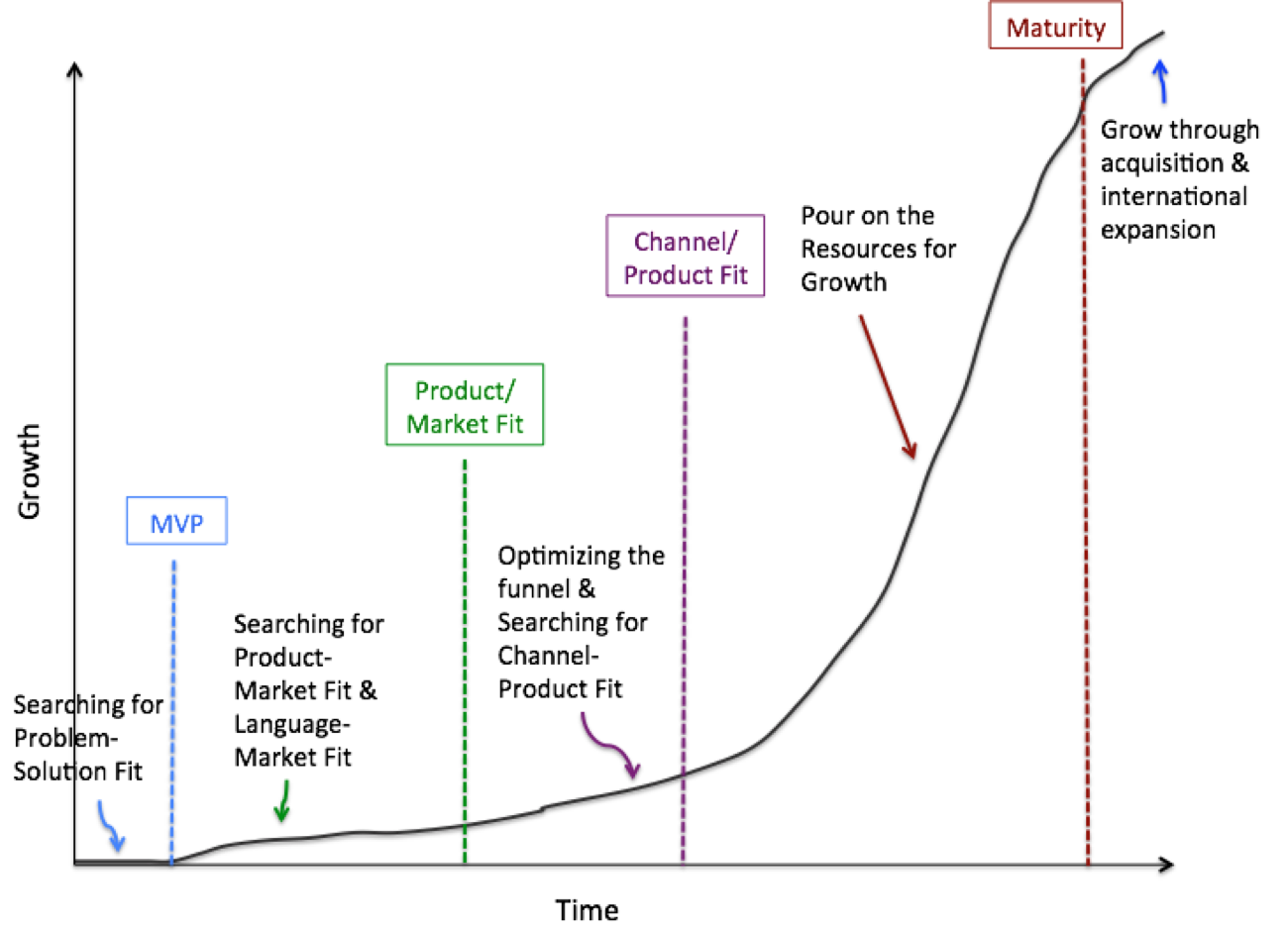
The growth/maturity stage of the product is when the MVP is already launched in the market and people have already started using the product. The product/service has got enough traction and is on the verge of getting popular.
At this stage, user research is required to understand how users are interacting with the product– are they satisfied with the product, what more would they like to be included, how would they rate the product, where do they feel stuck while using the product, etc.
Good user research helps in iterating over the existing product to build new features, improve existing ones or remove unpopular features. It also helps in getting feedback on the existing features on the product.
Implementing user research in the discovery stage, one can visualize the real pain points of users and build a product that solves users’ problems.
In post-launch user research, one can see how users use a product and what are the gaps that prevent them from accomplishing their goals.
There are different user research methods for each stage. So, first, let’s see the whole spectrum of methods that are available.
A landscape of user research methods

Nielsen Norman Group has conceptualized a variety of user research methods. I’ll be talking about the most common ones used by Product Managers/Design Leaders.
If you want to understand user’s attitude or what users say, then most common methods are-
Surveys :- They consist of a series of questions which give you quantitative information from a large sample set. It can be used for both validating a hypothesis or gathering feedback from users. Therefore, surveys can be used in both discovery and post launch stages.
User interviews:- They are one-on-one discussions with users to gather qualitative information. Interviews are usually conducted in a small sample set.
They can be used in various ways – exploration to discover the pain points of the users, discovering new ideas for products/features, to test a hypothesis or to know the likes or dislikes of a user.
User interviews can also be used in both discovery and post launch stages.
Contextual inquiries:- In these sessions, users are observed as they perform tasks in their natural environment. This is a method to gather first hand information from the users. In other methods, you only listen as the user tells how he/she performs a certain task. In this, you can observe the user doing these tasks.
This method can also be used in both discovery and post launch stages.
In the discovery phase, one can observe the end users of the product in their environment while they work. This could give insights on what is repetitive in nature and how technology can remove those brainless iterations.
In the post launch stage, we can observe the end user using the MVP and observe where users get stuck or what are the blockers for them. Is there something which is manual and can be easily automated to make users’ life easy?
User feedback:- In user feedback, users give their opinion on the product. This is typically gathered through a link, feedback form, recommend button, etc. One example of gathering user feedback is through Net Promoter Score (NPS) which is a form of user feedback used to know whether a user would want to recommend the product to others.
This is done in the post launch stage of the product in order to improve the existing features.
All of the above methods help build empathy with the users and understand their attitude, likes/dislikes towards product usage.
If you want to understand what people do or how people use your product (also called as usability of the product), then most common research methods are-
A/B Testing :- It’s a quantitative method that allows you to compare two versions of a product and figure out which one works better. It’s used in making incremental changes in a product. There are tools available that allow you to run 2 versions of the same thing. 50% of the users will see one version and another 50% will see another version. Therefore, with A/B testing you could experiment with headlines, button texts or two layouts of the same page.
A/B testing can be used only in the post launch stage of the product.
Eye tracking/Heat maps:- Heat maps allow you to evaluate which sections of the website or app users engage with the most. There are many tools available that allow you to track how users engage with a hyperlink, button, or in what pattern they read the content. This kind of study is very critical to understand what users really care about and what attracts their attention.
It can also be used for the post launch stage of the product.
A case study

To help you understand how research methods vary in different product development stages, let’s take an example of a hypothetical product.
We want to build a virtual mental-health helpline that would help people seek support for disorders like anxiety, depression, etc. This helpline is especially targeted for those who are bearing the brunt of the pandemic and are unable to go out and seek clinical help. Let’s call our hypothetical product – “Lumos Solem”. (Lumos Solem is the incantation of a Harry Potter spell that produces a blinding flash of sunlight)
In the discovery stage
As a product owner/manager, we would first need answers to some basic questions to validate the idea.
- Would users be comfortable in using SMS/video to share their problems?
- How comfortable would the users be in a virtual setup?
- Who would be my target audience? What age, demographics?
- What are the most common mental health problems that the helpline would address?
- Should we get experts on onboard? Who would talk to the people seeking help?
- Would people get a choice on who they want to talk to? Or will there be an automatic redirection to the first available person?
At this stage the user research methods that one can use to get answers to above questions can be–
- Surveys
- Interviews
For conducting the survey–
- Define the objective of the survey
- In our case, it could be “To understand the user behaviour towards a virtual mental health platform”
- Identify the target audience and the sample size you need
- In our case, an example of the target audience could be the most vulnerable age group – 30- 80 age group and living in metro cities. Sample size can be a mix of middle aged and senior citizens.
- Frame the questions in an open and non-leading manner to gather the maximum insights without bias. Questions for Lumos Solem could be –
- What does mental and emotional health mean to you in your everyday dialogue?
- Do you feel the urge to talk to someone and just blurt things out to lighten your head? If yes, then what kind of communication could help you in expressing your thoughts?
- What kind of answers do you seek in your daily routine which affects your mental or emotional wellbeing?Make the answers as multi-choice so that analysis is easier.
After that carry out the survey using any available tool like Google Forms and analyze the data to derive insights. This will help validate the hypothesis we assumed.
For interviews, follow the same steps as above. The only difference here would be to make a rough script, inform the participants the purpose of the discussion.
In growth and maturity stage
Let’s suppose Lumos Solem is in the market and we’ve started getting our innovators & early adopters on the platform.
Now it’s the time to build/remove features and collect analytical data using usability tests. In the post-MVP stage you can ask questions like-
- Analytics shows that users are dropping at the onboarding. Why?
- Those users who get past user-onboarding, drop off at the payment link. What can we do to retain them?

The user research methods that one can use to get answers to above questions can be–
Feedback form:- Feedback form after every virtual session can help you collect useful information about the quality of interaction. It can be for both mental-health experts as well as the users. This will give users a chance to share what they like or dislike about the service. You are also likely to discover blind spots like technical glitches hampering the quality of conversations, etc.
A/B testing:- If consultation with health experts is paid, you can experiment with the wording of the payment link. The idea is to make users trust in the process. If users are dropping off at the payment link, then you can A/B test the features of Pay now/Pay Later and see if they stay when given an option to pay later.
Heatmaps:- Heatmaps can be used to see what common problems people look for in FAQs. The area where heatmap is densely colored will indicate that users are most interested in reading about a particular topic. This data will help you refine your features so that users can find it easier to accomplish their tasks.
User interviews:- Conducting 1:1 user interviews with experts and users can also help in understanding the problems they are facing in a virtual helpline. At times, people hesitate in sharing their opinion in written format but are more vocal about sharing it in person. In such cases, user interviews come handy.
To conclude, each user research method has its advantages and disadvantages. The choice of the method will be based on the nature of the product, stage of the product, the users and the answers you’re looking for.
There is a difference between what users say/think and what users do. If you want to know what users say then surveys, interviews and contextual inquiries are suitable to get the information. But if you want to know what users actually do then methods like A/B testing and heat maps are helpful.
I hope I was able to pass on some clarity of which methods to use during a particular product development stage.



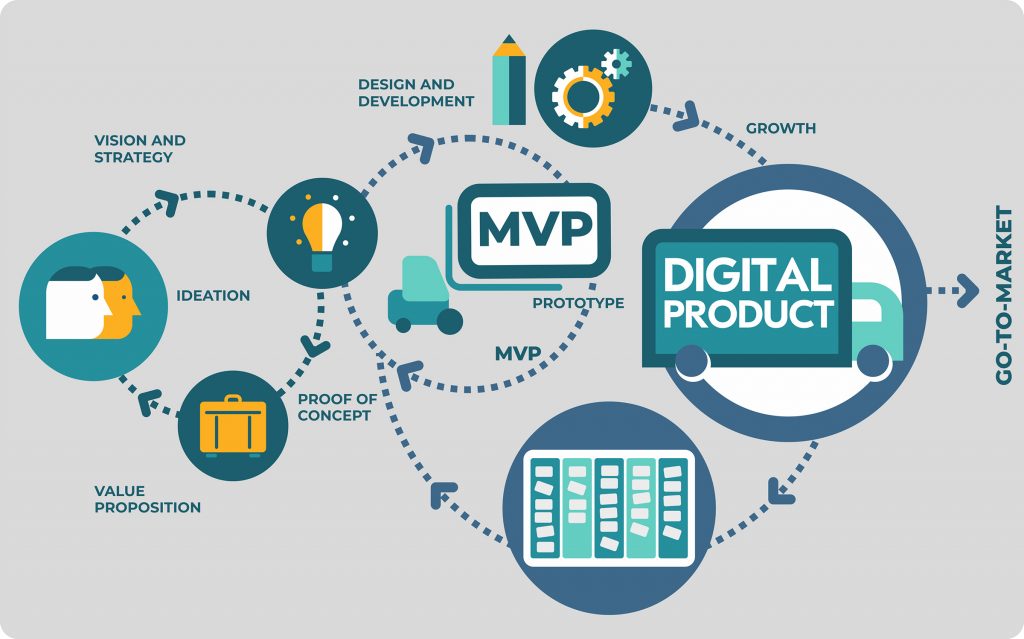





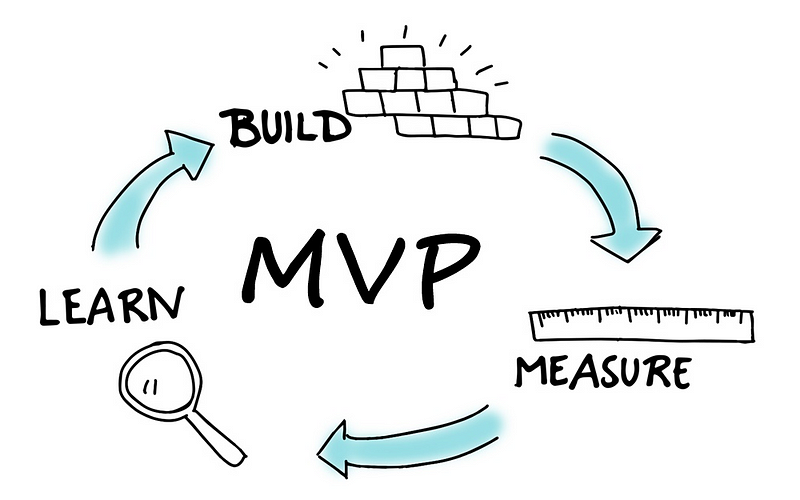










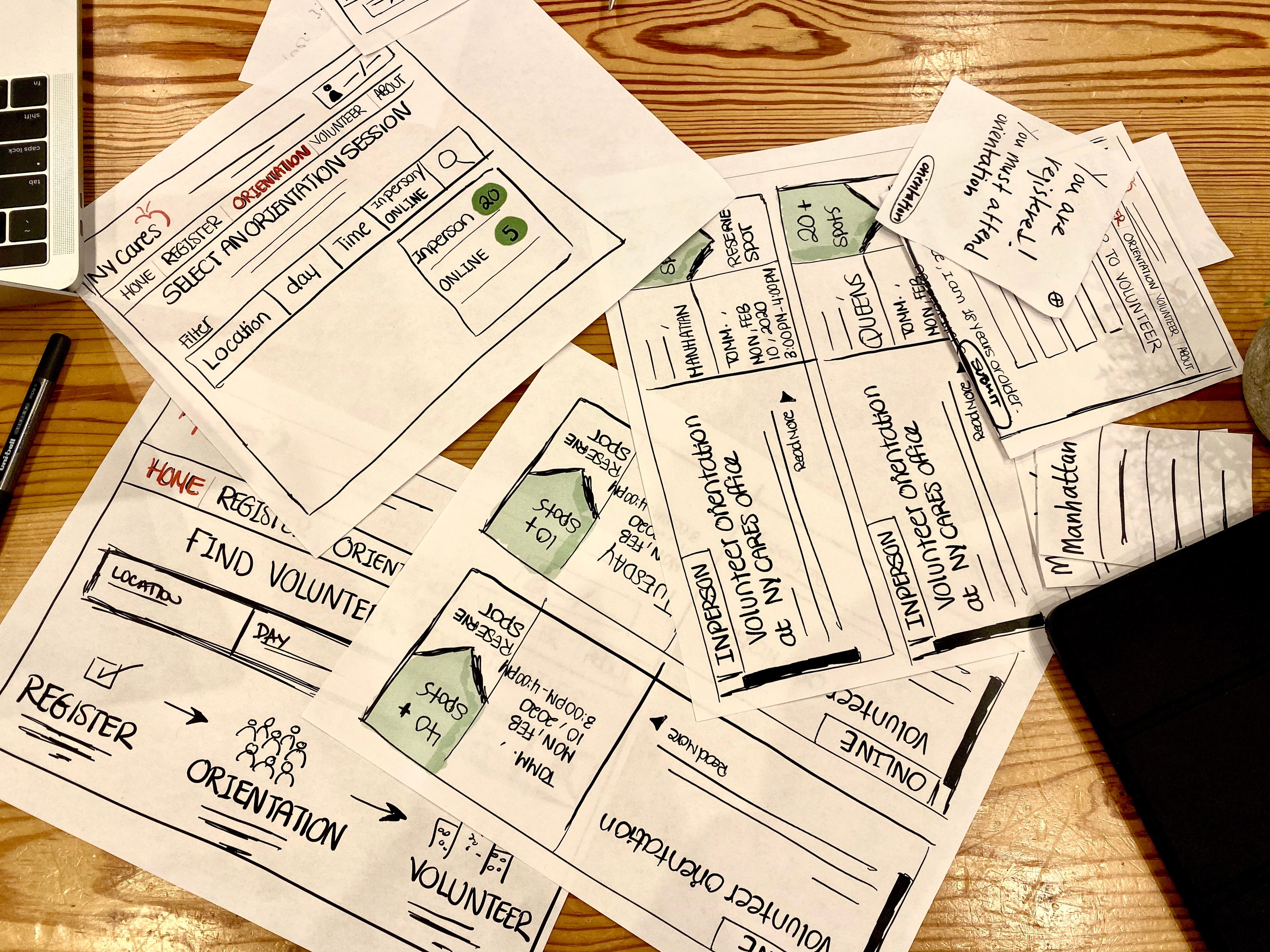



![Sending A Micro-Survey: Industry Metrics & Best Practices - [x]cube LABS](https://www.xcubelabs.com/wp-content/uploads/2015/06/micro-survey.png)




